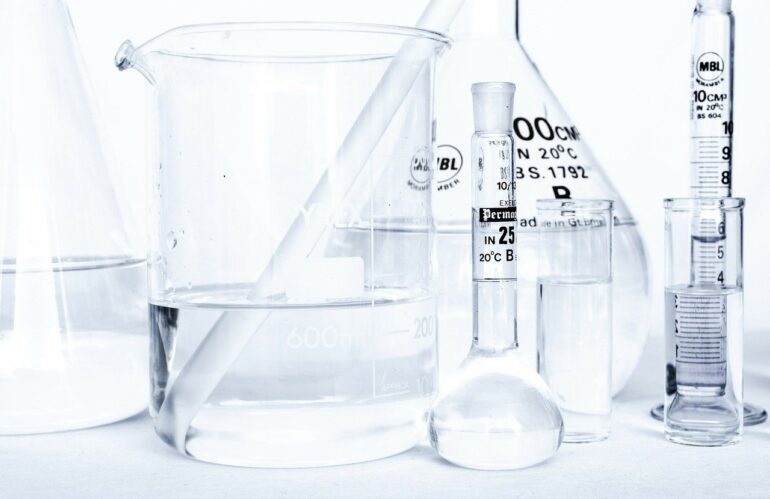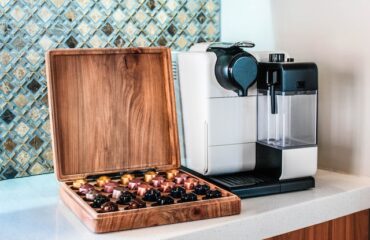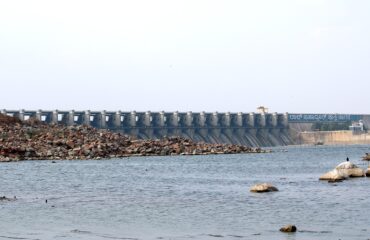All biological treatment plants occasionally produce sludge, which is an excess layer of sludge and sludge. This excess sludge layer is produced by the continuous growth of various microorganisms due to the oxidation of large amounts of organic pollutants. Therefore, there is a need to remove it every day from the tanks of sewage treatment plants.
If the technology uses primary sedimentation tanks, over time, sludge gradually accumulates at the bottom of them, which is a solid mass of contaminants. The majority of the sludge is then fed into the sewage treatment plant together with the effluent. The moisture content is close to 100 % and is considered to be very contaminated. The amount can be an average of 2-5 % of the daily flow of all wastewater.
How to get rid of sediment
Performing treatment of sediments and their subsequent disposal is quite a problematic process, because high humidity strongly impedes their movement, which is not very economically feasible. The most effective way to reduce the volume of accumulated solid sludge is through dewatering, or in other words, reducing its moisture content. This can significantly reduce the cost of their disposal.
For this purpose, modern equipment in the form of a screw dewaterer is used. Special flocculants, dissolved in water, are added to the sludge solids. These are specially prepared in the dewatering stations and the necessary substances are dosed.
The screw dewaterer is capable of handling all types of sludge from wastewater treatment. Due to its compact size and low weight the screw dehydrator can be placed in almost any wastewater treatment plant.
This device is able to work automatically without the presence of staff near it.
Construction of the dewaterer:
- The heart of the entire unit is the dewatering drum, which performs thickening and subsequent dewatering of solid sludge;
- The dosing tank – from this element, a certain amount of sludge enters the flocculation tank through an original V-shaped overflow;
- flocculation tank – in this part of the screw dewaterer the sludge is mixed with the reagent;
- control panel – thanks to this panel it is possible to control the unit in automatic or manual mode.
Solution preparation and dosing station
Its purpose is to prepare flocculants in water in automatic mode using granulated powder. The station is equipped with a control panel in stand-alone mode. Additionally, as an option, it can be also equipped with a feed pump, a sensor of dryness of the fed reagent and a pump of prepared solution.







